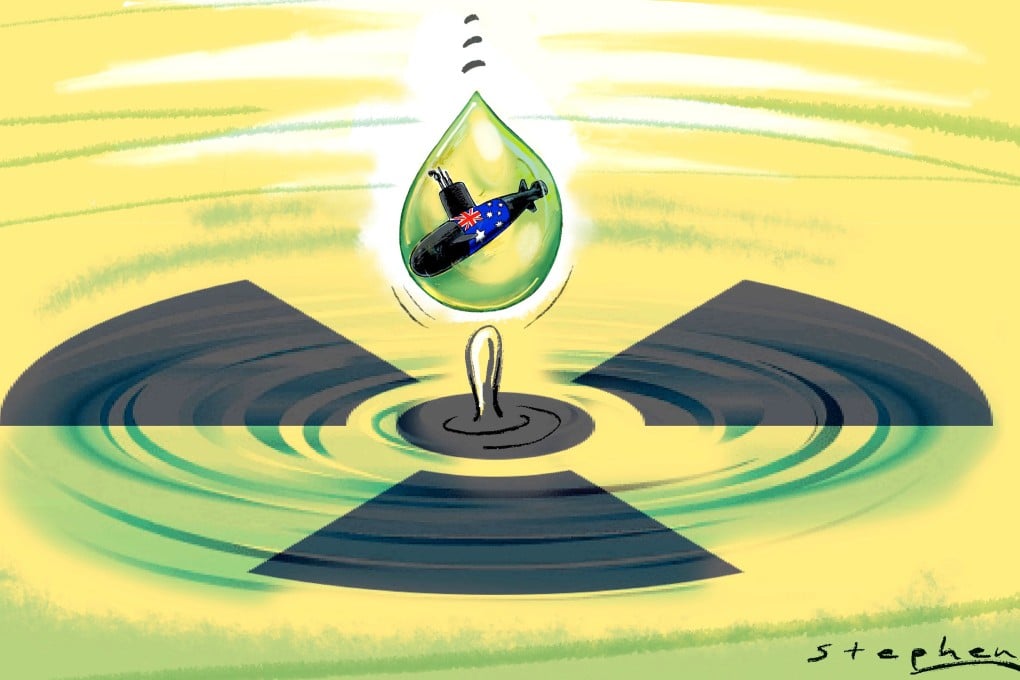Opinion | Hysteria over Aukus nuclear-powered submarines is off the mark
- Some have misunderstood the plan as involving nuclear-armed submarines; others that it amounts to nuclear proliferation
- The greater concerns are the eye-watering costs to the Australian taxpayer, the unhelpful political messaging from the commentariat, and the significant environmental considerations

The issues surrounding the processing and storage of spent reactor fuel are arguably more important than the ramp-up in military capability for a mid-ranking power like Australia, which in any event would be unlikely to act unilaterally in any great power game.
Indeed, Australia, as part of the deal, should have argued strongly for any spent reactors to be taken back to the US for storage after the submarine’s working life is over – especially for the three Virginia-class US submarines Australia will purchase to start with by the 2030s, with the option to buy two more.
After all, these vessels are all American built and currently remain on the US’ inventories. They were all presumably already included in the US’ forward planning for eventual decommissioning and disposal, so why not let that process continue?

